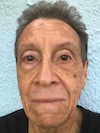 [I have not made interviewing others in the field a regular part of my professional practice — more an intermittent activity, relatively haphazard in terms of the choice of subject. Sometimes that resulted from the simple serendipitous fact that I found myself in the presence of someone I found interesting and had a notepad or tape recorder handy. Occasionally I thought a gap in the literature needed filling. And now and then it resulted from an editor’s suggestion, as with the following example.
[I have not made interviewing others in the field a regular part of my professional practice — more an intermittent activity, relatively haphazard in terms of the choice of subject. Sometimes that resulted from the simple serendipitous fact that I found myself in the presence of someone I found interesting and had a notepad or tape recorder handy. Occasionally I thought a gap in the literature needed filling. And now and then it resulted from an editor’s suggestion, as with the following example.
This interview with photographer and teacher Harry Callahan (October 22, 1912-March 15, 1999) was initially commissioned by Carol Leand, editor of The New York Photographer, a short-lived “little” magazine that published a truncated version of it in its Issue Four, January 1972, pp. 3–6, 11. An even briefer version of it subsequently appeared in the Creative Camera International Year Book 1977. This is the first publication of the entire text. Part 1 appears below; click here for part 2. — A.D.C.]
•
“Something Happens That’s Yours:”
An Interview With Harry Callahan
On a lovely sunny day in July of 1971 Carol Leand and I took a train ride to Providence, Rhode Island, to interview one of the major contemporary photographers, Harry Callahan. It was an interview I’d long wanted to conduct; Callahan is surely among the greatest living (and still working) photographers, yet one who — because he has done little writing or lecturing — is less familiar to the public as a person than as the creator of a large and inspired body of work.
Callahan met us at the door of his old and spacious house, and greeted us warmly. Once we were settled into the airy, sunlit living room, what had been planned (by me) as a formal, almost scholarly interview turned into a rambling three-hour discussion which — to my amazement, in replaying the tapes — nevertheless touched on all the subjects I’d hoped to cover.
Only a full transcription could recreate the flavor of that afternoon; that being impossible here, I’ve taken the liberty of collating portions of the discussion under various subject headings. Statements appearing under each heading are presented in chronological order, though they were sometimes made as much as two hours apart. In a number of instances, the statements reprinted here came out in the course of discussing quite unrelated questions; so I’ve indicated the questions asked only when they immediately touched off Callahan’s response.
— A. D. Coleman
On Himself
HC: … I can read Time magazine articles, news articles, things like that, and I really don’t understand what’s happening. I don’t realize the seriousness of things. I really don’t realize the seriousness — if there is any — in my own work until later on, maybe — it’s sort of unconscious. So in terms of trying to express something in relation to my life, I just try completely to be as intuitive as possible.
… The freaky thing about me is, I have no background in the arts, or literature, or anything. I feel that was an advantage — it left me free, you know, to just go out and look at things because I love photography. I saw some of Ansel Adams’s prints — sharp, and all that — and for me that’s what photography was. So I found out from him in about a day how he did it technically; he just gave me a list — the film, the developer, the paper, and so on — so I was completely free. I think if I’d had a formal background, I might never have gotten free.
•
ADC: If for some reason you couldn’t photograph anymore, what would you do instead?
HC: I think maybe I’d try to write. I don’t think I can write any good, but I’d probably try. I’d try to relate it in some way to my photography. … I always envied writers because they didn’t have to carry cameras around, or have a darkroom. Just a pencil and paper. … I’m really not nuts about other [graphic] mediums as mediums.
On His Own Work
ADC: Have you found there’s a time lag between the making of an image and your recognition of its importance to you?
HC: Yes. A lot of times I feel like I’m onto something, and I don’t throw it away, I feel it has something of value — but then six months later it looks like junk. …
ADC: What is the “sign” — or is there any way of describing it?
HC: A lot of it requires other people to feel it too. I think it’s pretty good, and time goes on, I hang on to it, throw other stuff away, and if it keeps holding up. … but then if someone I respected came along and said it was no good, I’d probably question my own judgement.
ADC: What music do you feel most relationship to?
HC: I’ve always admired Beethoven the most. I wouldn’t want to say he was the best; there’s just something about his life and the whole work that I can understand — that he did develop and grow, which I like. I suppose the others did too, but I’m more aware of it with Beethoven.
ADC: Do you feel a connection to music in your work?
HC: Well, I thought I did once, but I don’t know anymore. I thought that motion pictures would be very close to music — a visual film, not a story film; I started that, but I got interrupted.
ADC: How did you get involved in film?
HC: There was a cousin who had a movie camera, and I got fascinated by it, and I went down to buy one; when I found out how expensive it was, the guy sold me a still camera.
ADC: But you subsequently did make films?
HC: Later on I did. This is a goofy story; a friend borrowed my editor for six months, so I got into something else and forgot about it. When he brought it back I started again, and another guy borrowed the camera and kept it for a year, so I didn’t even care any more. I have made a few little films. I don’t know if they’re any good or not, and I’d probably want to edit them again. …
ADC: Was there a connection between your serial city imagery and your filmmaking?
HC: I’m not conscious of it at all if there is — I’d say no. But there might be — I’ve never thought of it.
•
ADC: Do you think of the photographic image as two-dimensional or three-dimensional?
HC: In my terms, I think, I left out that kind of stuff — you know, the idea of space, two-dimensionality, three-dimensionality. In my terminology I don’t use those in any way. Maybe I do it and don’t know it, but I never really think of it, even when talking to the students. … You have to have your own little bowl of rules, yourself, to hang onto.
ADC: What are yours?
HC: (Laughs) Well, I hardly ever crop; I believe it would be confusing for me, so that’s more a protection of myself than a belief. I hardly ever dodge, unless something’s unevenly developed, or looks that way — so just to even it out. …
CL: Do you use the zone system? Do you previsualize at all?
HC: The only previsualization I ever do is — like with the weeds in the snow, I know the background’s going to be white and there are going to be lines. No, I think previsualization is in pictures, but I don’t think of it in the terms that Adams and the others do. I understand what it means to them, but it doesn’t mean anything to me. In fact, I like those little accidents. … I sort of believe it’s untrue. I mean, are they previsualizing a masterpiece, or a perfect print, or what?
If I knew every picture I made was going to be a real picture, maybe I could go along with that, but I can’t. … I imagine it’s a good teaching tool, though, so students can learn the technique of seeing. I suppose that’s just their bundle of rules. And Jerry Uelsmann, he doesn’t believe in that, he does it all afterwards, and that’s his bag of rules.
•
HC: … I’m sure that I’ve been influenced, but I think my pictures that are any good come out of me somewhere. You go out and try someone else’s way, but pretty soon you drift off and something happens that’s yours instead, if it has any strength.
•
ADC: What got you into your multiple/serial imagery?
HC: About all I felt was that I just wanted to put as many of those images as I could on a sheet of film, and then when I did I liked it. I think that’s about as deep as it goes. … I’ve always liked to put things together in pictures, in multiple exposures. One of my other rules is that I never combine two negatives; I always want it all on one negative. I feel that that completes it.
•
ADC: Have you sold many prints during your career?
HC: I tried to figure it out once — I think in my lifetime that I might have gotten $50,000 out of it [photography]. That’s since 1938 — and that’s not counting expenses! (Laughter) That’s less then $2000 a year, and the expenses have been at least $1000 a year, not even counting the cameras. $10,000 of that was a grant from the Graham Foundation, and most of the rest has been from publication, not from prints. I’ve sold hardly anything. … [Edward] Steichen, at the Modern, might have given me a total of $400 over the years; of course, I always gave him a lot of work — and then he always walked off with a bunch, too.
[Note, November 12, 2021: Years ago, someone who’d studied with Callahan recounted the following anecdote. I can’t recall the source, so consider this apocryphal unless and until someone confirms it — though it doesn’t strike me as something made up:
On the first day of the basic photography course he taught every fall semester, Callahan would introduce himself, have the students introduce themselves, and lay out the various course-related and departmental “housekeeping” matters that everyone needed to know. It being early September, he’d have the classroom window open. After a few minutes, as he walked around the front of the room, he would casually take out his wallet, extracting therefrom a $20 bill. With all eyes in the room on him, yet without missing a beat, he’d carefully fold that rectangle into a paper airplane, walk over to the window, and sail that missile out on the autumn breeze. Then, turning to the astonished students, he’d say, “That’s your first lesson in photography.” — A.D.C.]
•
ADC: To what do you attribute the longevity of your images?
HC: I always believed that, once I got started, I felt I was doing as good as I’d ever do. I really respected that you wrote that; I’ve never convinced anyone else of it. [Note: I wrote that in an article on Callahan’s work published in the New York Times, September 27, 1970.] I don’t know why I felt that way, but I just felt this was as good as I’d ever be. So then my idea was, that, since I felt that way, I’d make the statement in terms of experiencing my life, and that it would change; and my dream would be that it would end up as one big body of work, the beginning just as strong as the end, but changing throughout it all in some way, just because of life.
I’m not very good on poetry, but I like Walt Whitman’s idea of making the book Leaves of Grass and ending up with one big volume, you know, and then changing it around. I would like to do the same thing; I’d like to have another big black book come out with some more pictures, and maybe throw some off. … [Note: He was referring to the book Harry Callahan: Photographs, published by El Mochuelo Gallery (1949), still at that time the major monograph on his work.]
I always felt you can’t make that many good pictures a year. A friend of mine went to Europe for about six months; he came back and he said, “Let’s see what you’ve been doing.” I said, “I’ve only got one picture that’s any good.” And he looked at it and said, “Well, it’s worth a year’s work.” …
(Part 1 I 2)
•
 Special offer: If you want me to either continue pursuing a particular subject or give you a break and (for one post) write on a topic — my choice — other than the current main story, make a donation of $50 via the PayPal widget below, indicating your preference in a note accompanying your donation. I’ll credit you as that new post’s sponsor, and link to a website of your choosing.
Special offer: If you want me to either continue pursuing a particular subject or give you a break and (for one post) write on a topic — my choice — other than the current main story, make a donation of $50 via the PayPal widget below, indicating your preference in a note accompanying your donation. I’ll credit you as that new post’s sponsor, and link to a website of your choosing.
And, as a bonus, I’ll send you a signed copy of my new book, poetic license / poetic justice — published under my full name, Allan Douglass Coleman, which I use for my creative writing.


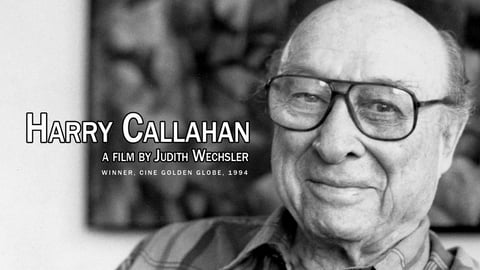
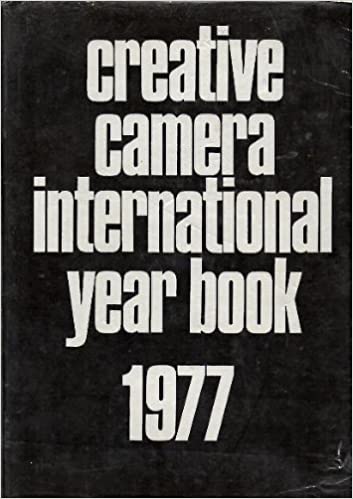
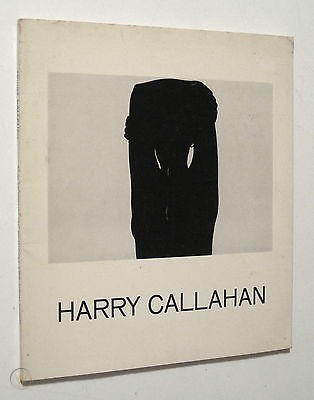
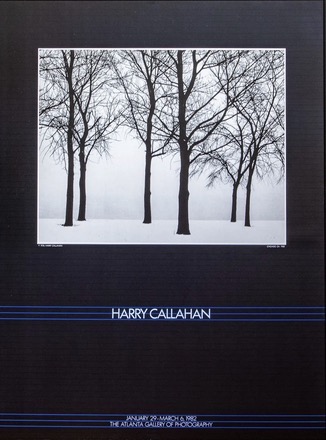
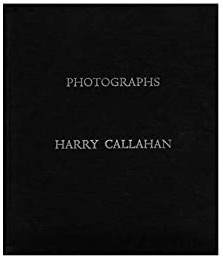




Leave a Comment